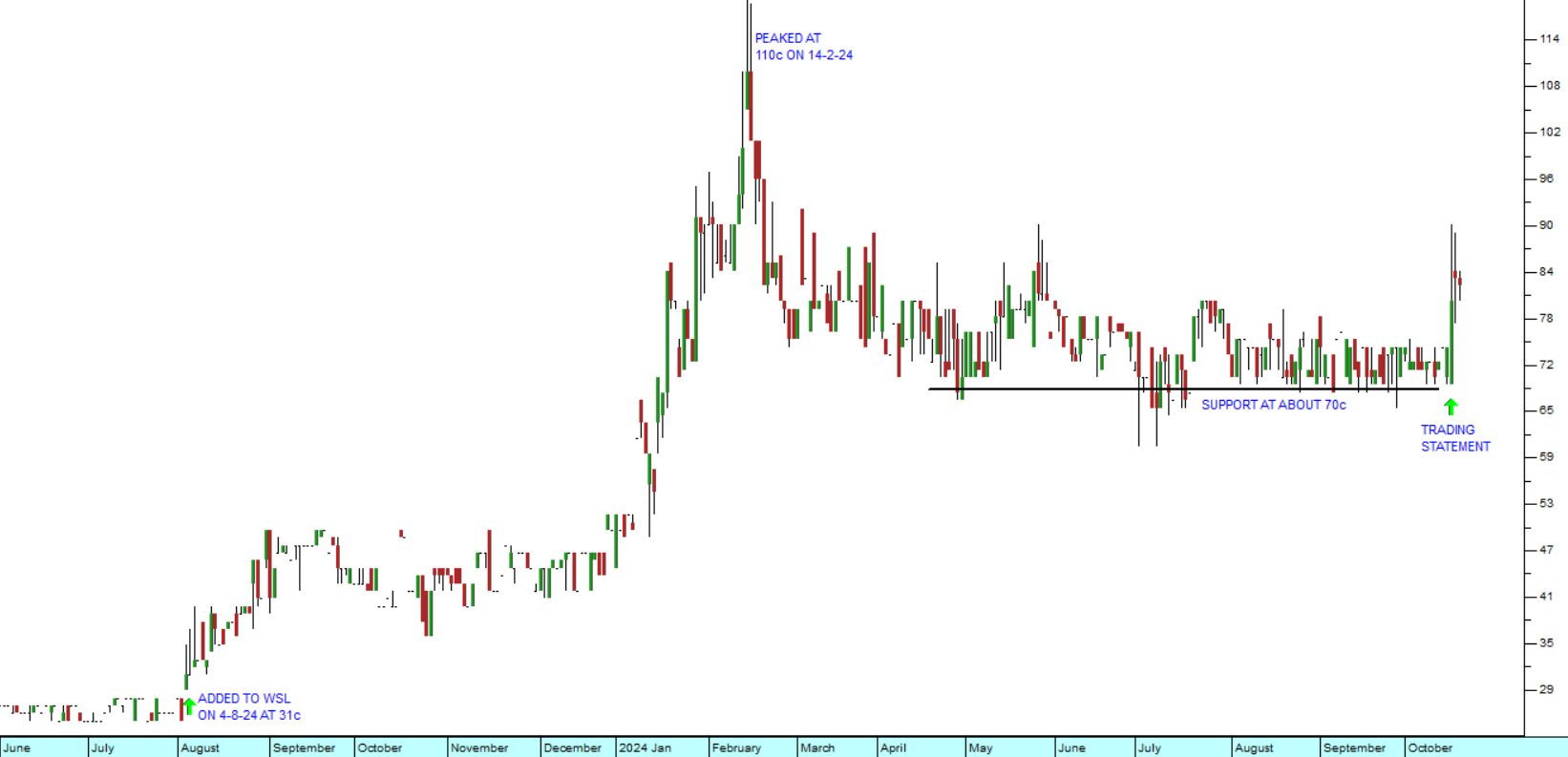Revisiting 4Sight

I am almost 72 years old which means that, in some respects, I have been left behind by the rapid advance of new technologies. When I look at a share like 4Sight I find it difficult to really understand statements like:
“By leveraging AI, 4Sight partners with customers to drive transformative digital change. This begins with comprehensive assessments of their ICT landscapes, enabling the development of self-funding digital transformation roadmaps. 4Sight focuses on maximising cloud capabilities, optimising and modernising environments and applications, and automating business processes to enhance intelligence”.
It is difficult for me to understand this company’s business proposition – literally, how it makes money. I understand that things like artificial intelligence (AI) and the use of cloud computing can substantially improve a company’s management decision making. It makes sense then that a business which can implement these types of improvements must be in demand – but that is about as far as my understanding goes.
What I do understand is how to read a set of financial statements and assess whether the business is financially sound or not. In other words, is it a good investment?
In the case of 4Sight, its financials for the 14 months to the 29th of February 2024 show a business that is growing rapidly. Revenue was close to R1,1bn and headline earnings per share (HEPS) was just over 6c.
Looking at the balance sheet, I see that 80% of the company’s assets (R214m out of R267m) are intangible and that the company does not appear to be writing these off against profits. Despite this, the company is cash flush with R110m in the bank. It has current assets of R260m against current liabilities of R207m – which looks healthy.
Like most service companies it has negative working capital and very limited investment in fixed assets. You could say that its assets “get into their cars at night and go home”. So, it has made a considerable investment in intellectual capital which is always inherently intangible. This has the added advantage that its relatively sophisticated and highly paid staff are not unionised.
One phrase in its financial statements caught my eye:
“Revenue excluding consulting revenue increased by 54.5% from R479.0 million to R740.1 million, which contributed to the increase in the cost of sales by 53.1%”.
Put another way, two thirds of the company’s revenue now comes from activities which are not consulting – but it does not offer any details about these activities other than to say that have resulted in a 53,1% increase in cost of sales. As an accountant, that statement immediately made me look at the company’s stock levels. After all, in accounting terms, cost of sales is defined as:
Opening stock plus purchases minus closing stock.
But the balance sheet shows that stock levels have actually fallen from R10,2m at the 31st December 2022 to R3,4m at the 29th of February 2024.
I would need to visit with management to get a greater understanding of this apparent anomaly. Indeed, visiting with the management, especially of smaller listed companies, can be a very effective way to gain a much deeper insight into the business and I highly recommend it.
As a private investor, if you can get an appointment with the CEO or one of the other directors, you will learn far more in that interview than you ever will from their published financials. Because what you are really looking for in a business is dynamism, passion, energy and enthusiasm. And those qualities cannot be read off a balance sheet. You can only get a sense of them by making a visit to the company’s place of business and by meeting directly with its leaders and staff.
We added 4Sight to the Winning Shares List (WSL) on the 3rd of August 2023 at a share price of 31c. On the 14th of February 2024 it reached 110c before profit-taking took it down to find support at about 70c.
On Wednesday last week the company published a trading statement for the six months to the 31st of August 2024 in which they estimated that their HEPS would increase by between 31% and 39,9%.

Given the stellar performance of Nvidia on Wall Street, we believe (without fully understanding why) that this share will continue to perform well.
← Back to Articles